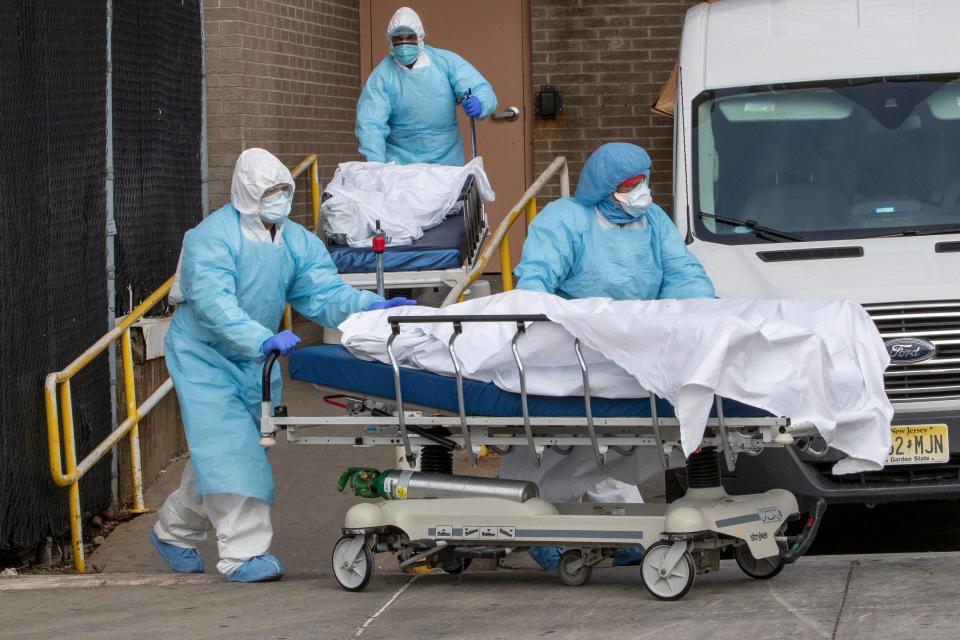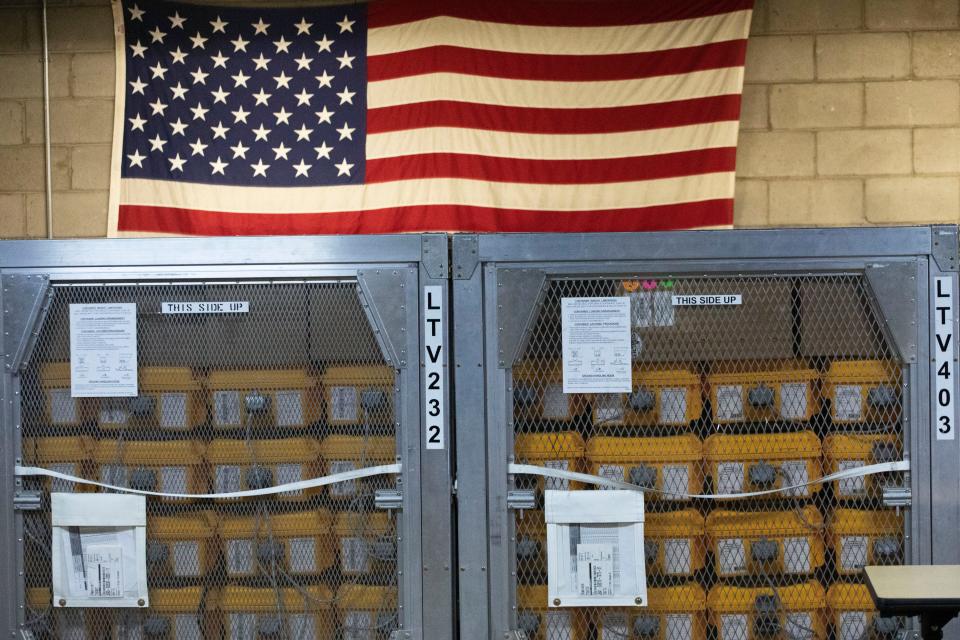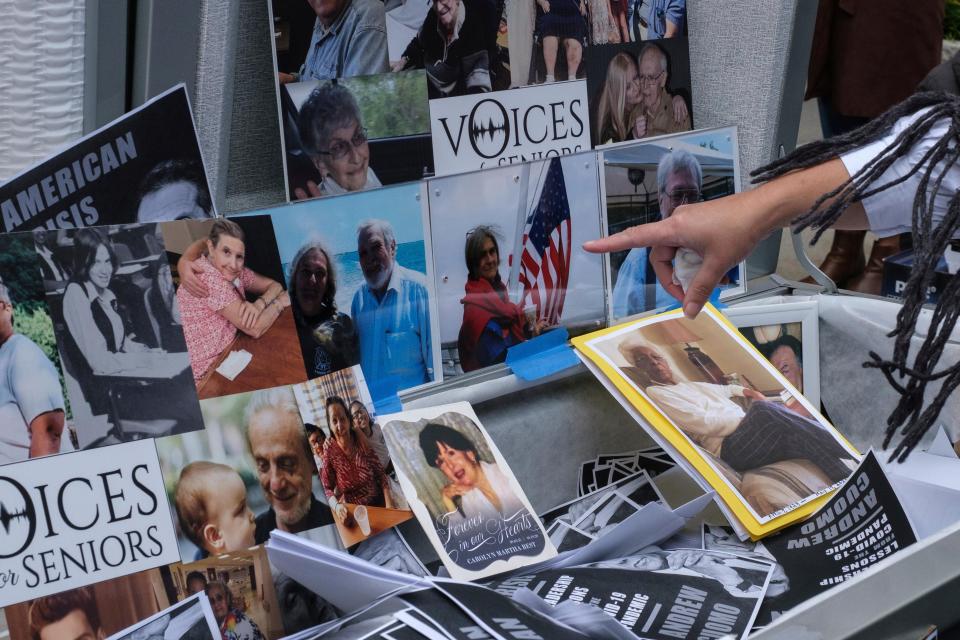A report says the 2020 COVID wave hit earlier than realized. How that impacts the new wave
The initial COVID-19 wave in 2020 hit New York weeks earlier than officials reported at the time, a new report shows, raising concerns the state remains ill-prepared to respond to the latest uptick in infections.
Infections began spreading in February and peaked in mid-March in 2020 — a month earlier than officials realized at the time, according to the report by the Empire Center, an Albany-based conservative think tank.
The new pandemic information also shows New York’s initial COVID-19 wave spiked six times higher than shown by the available testing data, which was scarce in those early days, the report noted.
And now more than three years later, limited testing data is once again hindering efforts to properly track and respond to another potential COVID-19 wave.

What new COVID timeline report says
The report, which is based in part on recently released federal data and death certificates, also revealed that the outbreak in New York City was among the very deadliest of the entire pandemic so far — not just in the United States, but globally.
Compared to the worst 12-week periods for population centers around the world, the city’s mortality rate in the spring of 2020 ranks as the second highest, just behind Mexico City in the winter of 2020-21.

COVID resurgence: COVID is back in NY. What to know about schools, nursing homes and more
“These updated understandings confirm beyond doubt that New York was both acutely vulnerable to the emerging virus and frightfully ill-prepared to defend itself,” the report stated.
“This makes it all the more urgent for the city’s and state’s leaders to study what went wrong and to rebuild New York’s public health system in light of what they find,” the report added, noting state Legislature efforts to pursue an independent pandemic study stalled earlier this year.
How many COVID cases, deaths hit NY
Retrospective modeling by the University of Washington’s Institute for Health Metrics and Evaluation shed new light on the striking scope of New York’s initial pandemic wave in 2020, the report noted.
The estimated number of infections soared to more than 60,000 per day on March 19, which was six times higher and three weeks earlier than shown by the state’s testing data.

Another model estimated that it began on Jan. 19 and reached a peak infection rate of almost 100,000 per day on March 24.
These new estimates suggest infections were already slowing before then-Gov. Andrew Cuomo issued a stay-at-home order effective March 22, the report noted, attributing the drop to people and businesses spontaneously limiting activities due to official warnings and news coverage.
The timing of the state’s earliest COVID-19 fatality, initially thought to be on March 14, has also shifted. Records gathered later from nursing homes showed 14 resident deaths before that date – the earliest on March 2 in Suffolk County.
New York’s first pandemic death actually came the week ending Jan. 25, 2020, in Rockland County, CDC now says. The CDC recorded at least four additional COVID-19 deaths during February 2020 in Nassau, Suffolk and Westchester counties, the report noted.
The initial wave gripped New York City from mid-March to mid-June. During that time, city officials recorded almost 23,000 deaths from COVID-19, the report added.
Why identifying COVID wave early matters
The new pandemic information “shows the importance of detecting outbreaks early and responding quickly,” the report stated.
“If officials had become aware of this surge even a week or two sooner — and notified the public — they almost certainly could have avoided swamping hospitals and saved thousands of lives,” it added.
In the absence of an independent study of the pandemic response, the report asserted concerns are mounting about whether the state is doing enough now to catch future COVID-19 waves early, including questions about the effectiveness of everything from health information monitoring to wastewater surveillance.
This article originally appeared on Rockland/Westchester Journal News: COVID in NY: 2020 wave hit earlier than we realized, says report

